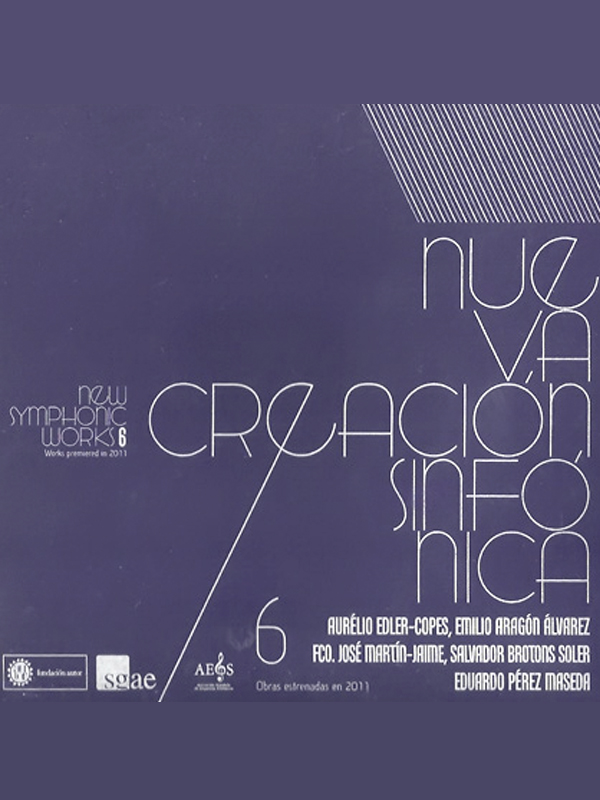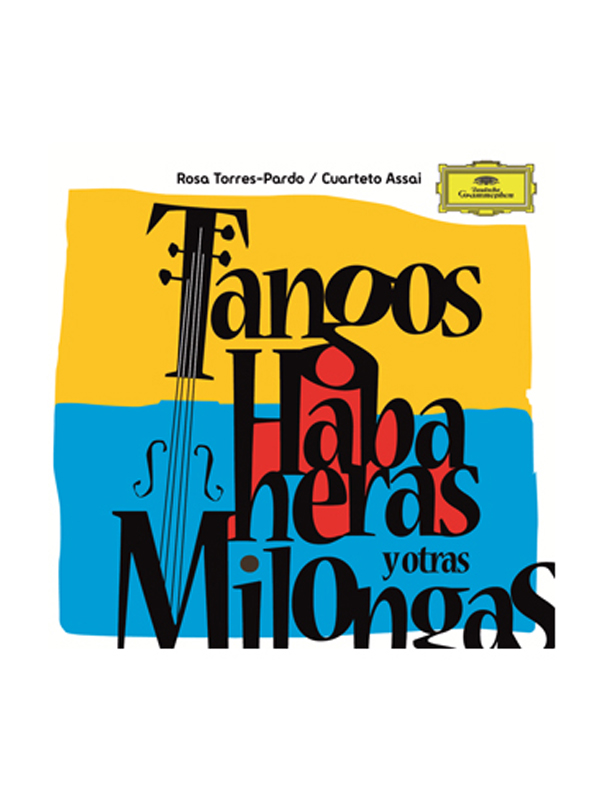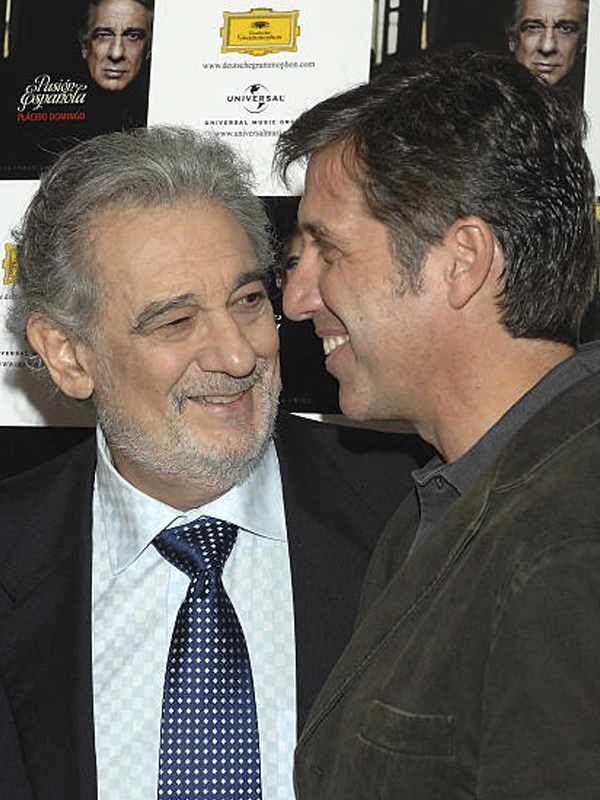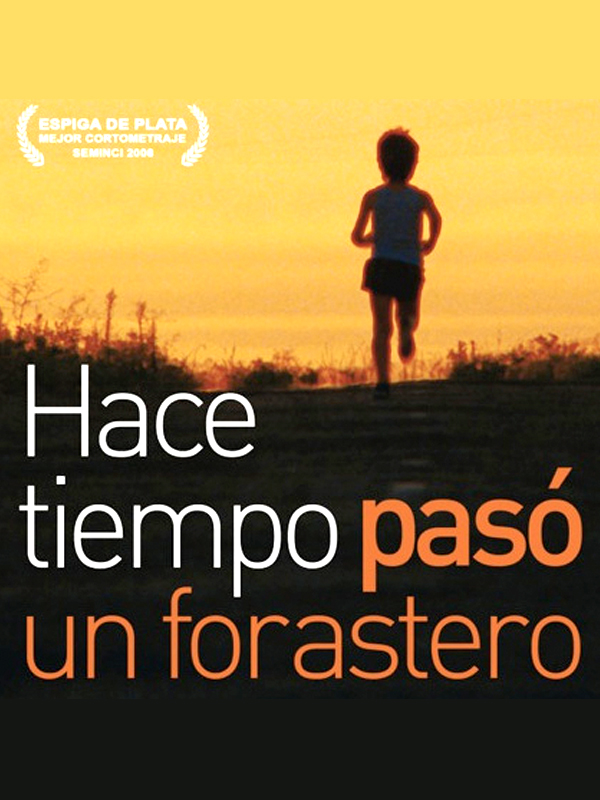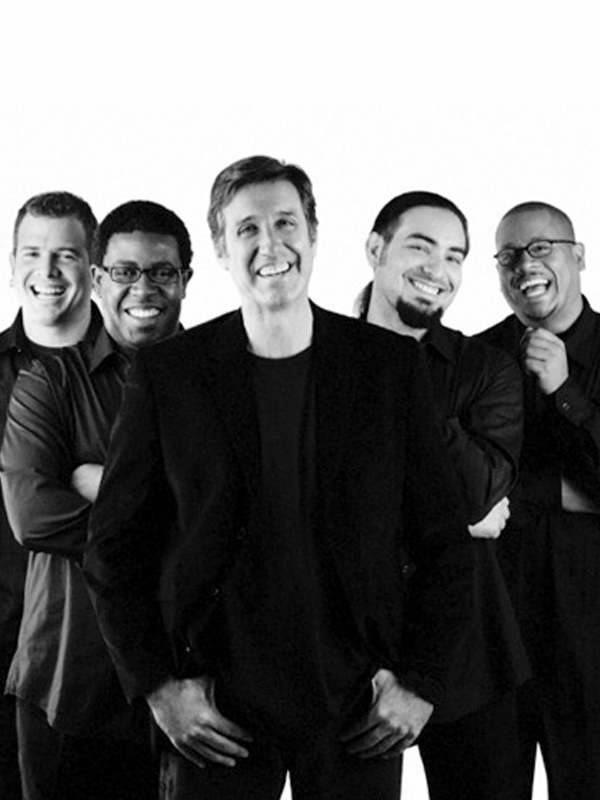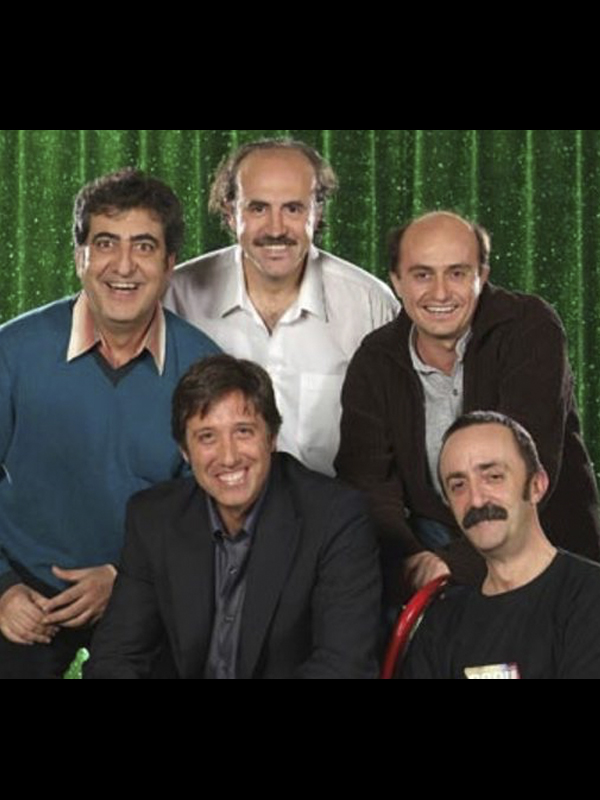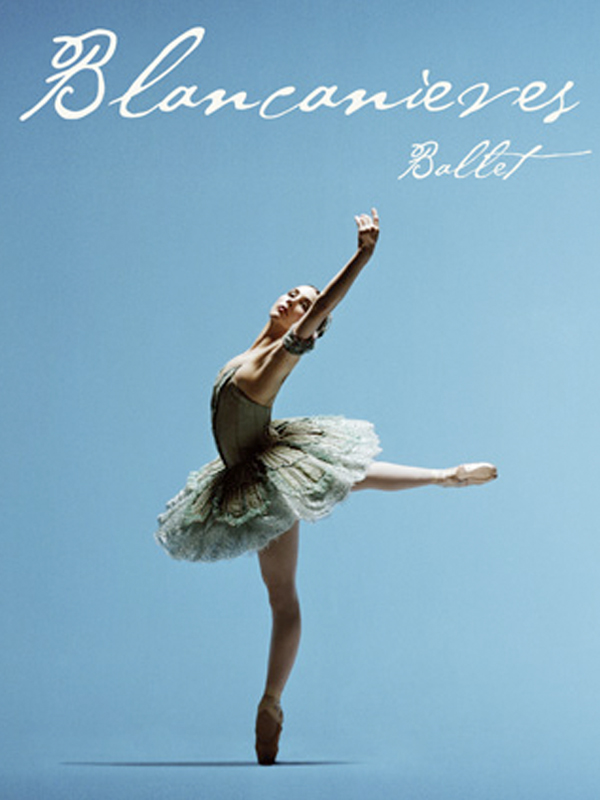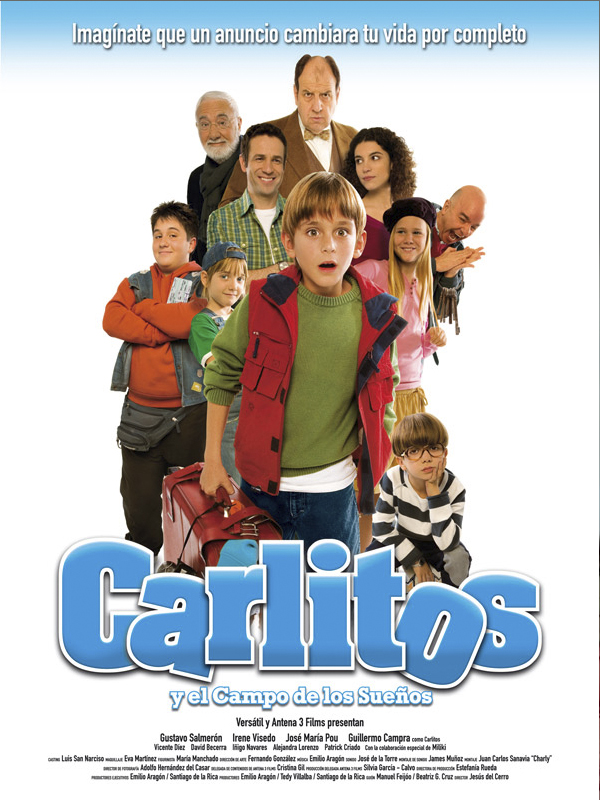
Carlitos y el campo de los sueños
SYNOPSIS
At 12 years old, Carlitos wants two things above all else: a family, and to play football. But he is an orphan, and don Hipólito, the director of the orphanage where he lives, hates sports. His luck will turn when the National Football Federation organizes a competition to create the team that will play in the European Junior Championship. Carlitos, with the help of his friends, will manage to go to the trials and, thanks to his talent, he will be called to play for the national team! At first, what seems like a joy will become an obstacle race: sneaking out of the orphanage without being seen, training secretly, passing exams, etc. But Carlitos has Diego on his side, his coach and friend, who will guide him to make his dreams come true.
DIRECTOR’S REFLECTIONS
Carlitos intends to be a gentle film, an opportunity to go to the cinema with the little ones and enjoy sharing their dreams and understanding their fears. It is a commitment to prove to ourselves that family cinema is necessary, and from there, it will always have a place. It is probably that kind of risk that is worth taking, because no matter when, no matter where, at some point in our lives we all feel the need to become children again. In this gratifying project, it is fair to highlight the professional and human profile of the entire team. The actors, both those who are consecrated and those who make their debut in this profession, as well as those who do it almost in life, have turned the set into a place where they can recover innocence and childish excitement. The director, in his first film, the scriptwriters, the producer, the photography director and every one of the professionals who have worked on Carlitos have left a little piece of their soul as a child in it, and we hope it will be the one that also captures the public.
